5 Reasons to Drive Performance in the Onboarding Experience
New hires need to understand how they can expect to be evaluated and how their day-to-day contributions impact the organization. Mature onboarding programs emphasize networking, collaboration and strategy immersion. Integrating performance in the onboarding experience is crucial to new hire success and the mitigation of risk, reducing costs and driving revenue performance.
In this blog post, we’ll explore the five reasons to drive performance from day one.
1. Traditional 90-day reviews don’t take place soon enough.
According to the Work Institute’s 2019 Retention Report, more than 38% of all turnover in 2018 was attributable to employees who quit in the first year with 43 out of 100 new employees quitting in the first 90 days.
The customary 90-day performance review is often too late in an employee’s stay or go decision timeline. Mature onboarding programs ensure that new hires collaborate and receive feedback from buddies and mentors to enable them to learn the culture and how work gets done. Line managers should conduct check-ins with new hires early and on a regular cadence to provide clarity, alignment and enablement required to do what they were hired to do.
2. Organizations must enable new hires through their first year of firsts.
New hires encounter many firsts during their first year at a company. For example, first time meeting and collaborating with a team or cross-functional group, completing tasks and projects, opportunities to share their work with an organization, first time interacting with customers, or the first time experiencing the pressure of a quarterly or yearly sales cycle. All of these firsts are opportunities for organizations and line managers to provide context, feedback, expectations, and goals around what’s expected of new hires, enabling them to feel comfortable and confident.
3. Need to address skills gaps early on to ensure new hire success.
According to the Work Institute, 22% of regrettable attrition in 2019 was due to career development opportunities.
Early and frequent conversations around performance allow new hires and managers to discuss day-to-day activities, performance and goals. It gives managers more insight into the skills and development new hires need to improve productivity and performance. It also provides new hires the opportunity to ask for additional development that aligns with what they want to learn relative to their aspirational career path.
4. Need to identify high potential employees to fill upcoming positions.
Today’s talent economy requires organizations to take a more proactive stance about building their talent pool. Identifying high potential employees that could prove to be a good fit for a promotion or another impactful position provides a clear line of sight into their talent pipeline. Connecting performance to onboarding ensures new hires get the sense that they have a place, path and purpose, driving retention and engagement for the organization.
Conversations around performance and the utilization of succession planning help the organization visualize retention, departure and impact risk. This strategy provides organizations the opportunity to deploy time and resources to drive engagement, improve productivity and prevent regrettable attrition.
5. Today’s environment and world economy require organizational agility.
Organizations need to be able to quickly and efficiently integrate new hires into teams and projects, set goals and provide feedback to ensure alignment to organizational goals. The degree to which organizations, business units and teams can respond to changing market conditions, onboarding employees onto new projects, initiatives, or positions and set goals and provide feedback has a direct impact on an organization’s ability to compete and achieve business continuity.
You can take these tips with you by downloading them here.


















